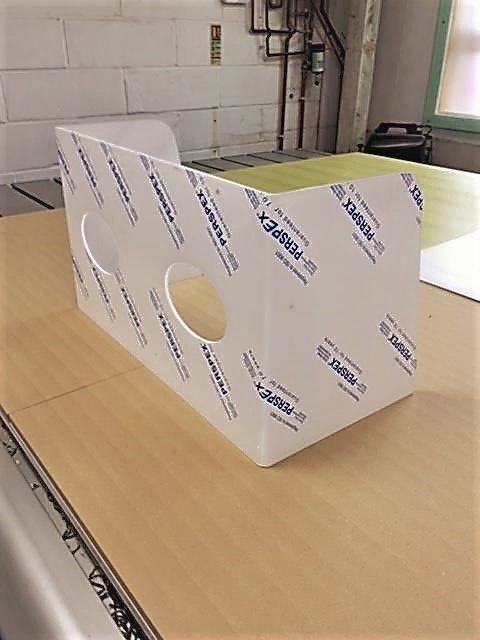
A Couple Of Popular Methods Of Plastic Manufacturing
Why even opt to produce plastic materials? For starters, plastic fabrication typically has the benefit of having fairly fast finish times, and in contrast to the majority of materials there’s also the option of colouring plastic before production, instead of after. It’s significant malleability is the reason why it has a comparatively low melting temperature, and it’s also more light and portable than a number of other resources – both these aspects simplify the manufacturing operation. Additionally, plastic materials are relatively inert and thus possess higher chemical resistance. Irrespective of these advantages, plastic is nonetheless not suitable for purposes that need a very high structural integrity, and it is very prone to wear and tear in the long-term.
Breakdown Of CNC Machining
CNC machining is a computer regulated subtractive procedure, which eliminates material from plastic as a way to create the chosen shape. The computer is high-tech, with the ability to convert a model into figures by using a computer assisted design software system. The numbers are competent to operate the equipment to cut the desired shape. To operate, the pieces of equipment require an intermediate step in the creation and validation of tool paths. As soon as the machine obtains the tool paths, the subtractive process is started. Once the construction is complete, the component part is washed, smoothed, and trimmed.
For lower quantity plastic component requests that require tight tolerances and shapes which are tough to shape, machining is suitable. CNC machining also has low to moderate initial costs, and can create premium quality plastic pieces with minimal finishing times. On the other hand, with an increase of product sophistication, the cost per element climbs up. Moreover, this process requires tool access allowances, and particular shapes, for instance those with rounded interior channels, are near-impossible to create with CNC manufacturing. {This website acrylic manufacturer Uk offers quite a bit more info on the main topic of acrylic vacuum forming. This informative website perspex suppliers uk provides extensive more info on the main topic of perspex guard manufacturers.|{If you’re interested in further information in relation to plastic fabrication company this website prototyping of plastic has countless more useful resources pertaining to plastic prototypes. This website plastic fabricators offers quite a bit more info on the main topic of thermoforming plastic parts. You will discover numerous plastic fabrication company sites in great Britain, if you are looking for more information or perhaps even the cost this blog is an excellent starting place
Vacuum Formation
Vacuum formation is a method through which plastic is heated and moulded, commonly working with a mould. The size and complexity of vacuum-forming machines vary from cheap desktop technology to state-of-the-art production machinery.
It is usually ideal for any task, ranging from tailor-made designs to large-scale production, considering the large choice of machinery available and that automatization is undoubtedly an option when necessary. Nevertheless, there is little flexibility in the different types of shape it can produce, and is unfortunately exclusively able to build parts with basic geometries. Compared to other techniques, tooling prices are minimal, given that vacuum formation merely requires low forces and pressures. Usually, for smaller manufacturing sizes the moulds are created from Three-dimensional printed resin, or even plaster, and for greater manufacturing sizes more robust equipment made from metal is commonly used.
The manufacturing method begins with a sheet of plastic being clamped and warmed up until the plastic becomes mouldable. The plastic is then placed into the mould and cooled down, and often fans and other chilling techniques are implemented in an effort to accelerate the cooling process. The last stage entails any surplus plastic being taken off.